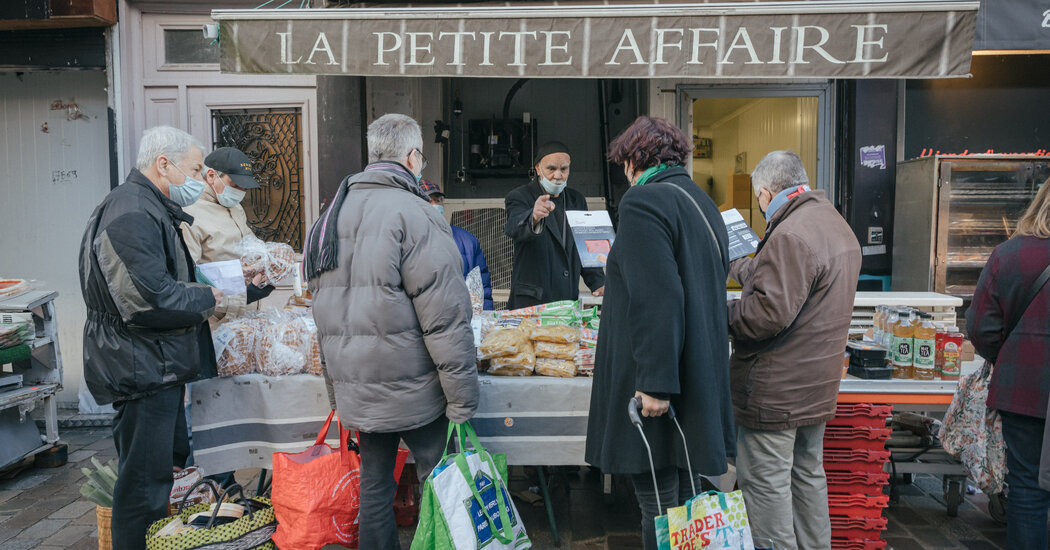[ad_1]
Why It Matters: The eurozone economy has regained its footing — for now.
Just a few months ago, governments across Europe were braced for the possibility of an outright downturn, as Europe pivoted away from Russian natural gas and energy and food bills skyrocketed. But countries swiftly stockpiled energy reserves, and a mild winter, together with mass conservation efforts, helped Europe avoid the worst.
The data show that the eurozone economy is regaining its footing — though only slowly. Investment and foreign trade expanded in big economies like France and Germany in the first three months of the year. But both countries are still not recovering as fast as needed to be growth engines for the region.
And inflation, at an annual rate of 6.9 percent, is still a major problem. European governments have had to step in to support businesses and consumers with subsidies to help them weather costly electricity and food bills, adding to their overall debt burden.
The European Central Bank is expected to raise rates yet again next month, raising the cost of doing business. The International Monetary Fund said in a report released earlier this month that Europe’s biggest challenge will be to tame inflation while avoiding a recession.
“We don’t expect growth to pick up meaningfully over the course of 2023,” Rory Fennessy, European economist at Oxford Economics, said in a note. “The robust start to 2023 for industry will likely be short lived, while elevated inflation and tightening financial conditions will keep a lid on growth this year.”
Country-by-country: Germany and France lag Italy and Spain.
Germany, which among Europe’s biggest economies has been hardest-hit by the impact of Russia’s war, was flat after contracting 0.5 percent in the final quarter of last year. On an annual basis, growth contracted in the first quarter from a year ago by0.1 percent in the eurozone’s largest economy.
In France, which has been buffeted by nationwide strikes and demonstrations over President Macron’s move to raise the minimum age of retirement, the economy expanded 0.2 percent amid a pickup in foreign trade and renewed activity at factories, including glassmakers and other industrial sites that had slowed production or temporarily shuttered during winter because of soaring energy costs.
Growth picked up in Italy, Belgium and Spain, and jumped further ahead in Portugal, where the economy expanded 1.6 percent in the first three months.
What’s Next: Central bankers set rates after reading the economic signals.
Fresh data on price pressures in the eurozone will arrive on Tuesday, as the initial reading on inflation data for April is released. The annual rate of inflation has been sliding lower in recent months, helped by declining costs for energy, but prices for food have been going in the opposite direction, reaching a rate of 15.4 percent in March. And the so-called core rate of inflation, a sign of underlying inflation pressures, edged higher last month.
That inflation data, along with the latest numbers on economic growth, will be closely examined by European Central Bank policymakers, who meet to set interest rates on Thursday. At its last meeting, in March, the central bank raised rates a half-point, continuing its campaign to curb inflation. Another rate rise is widely expected.
[ad_2]
Source link

